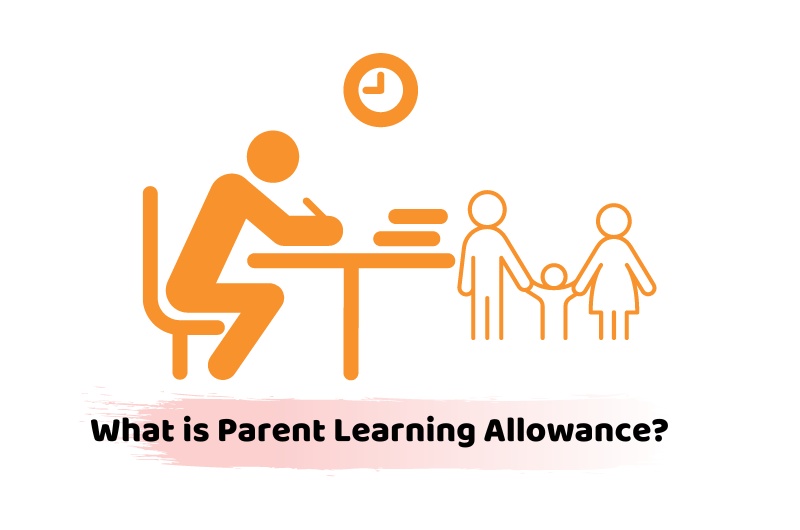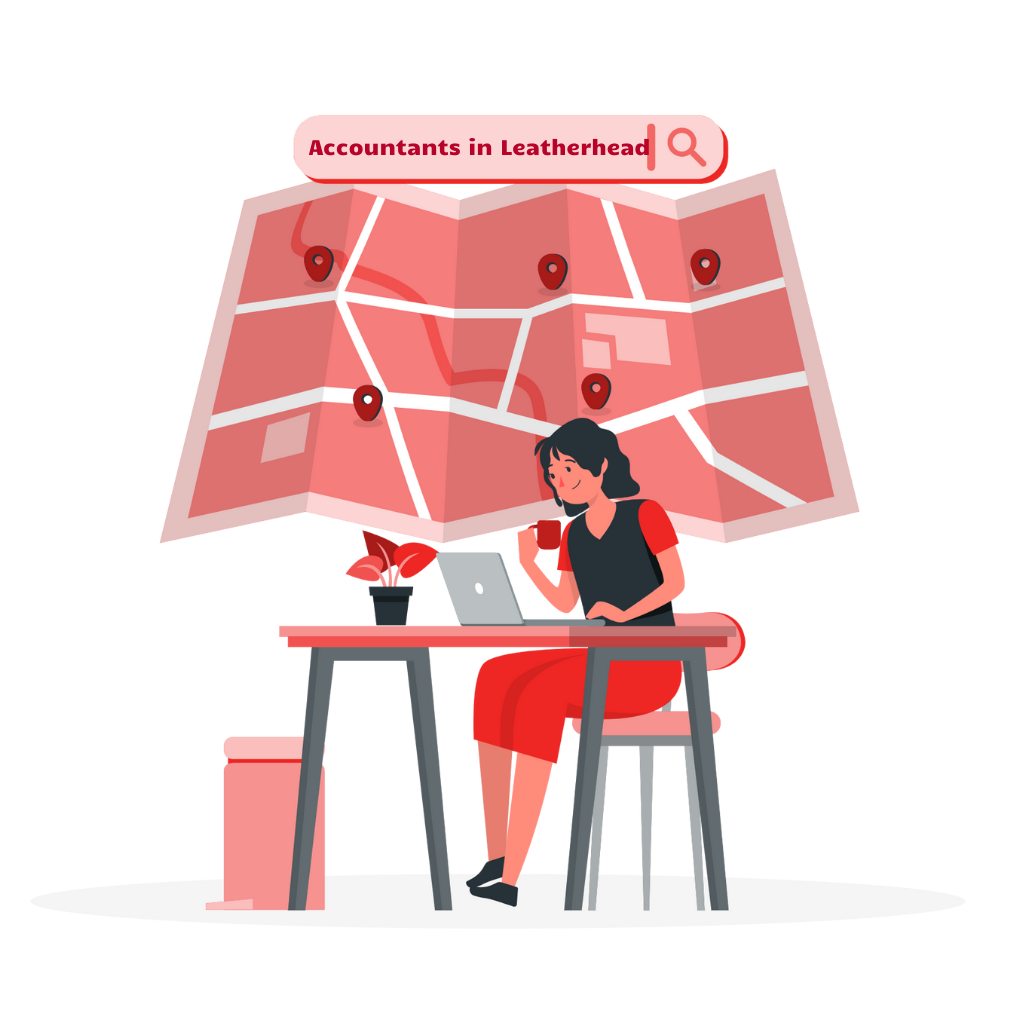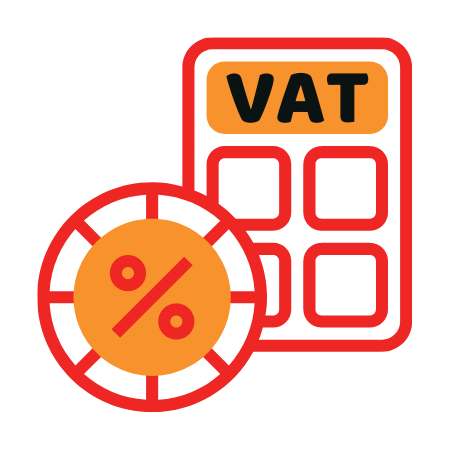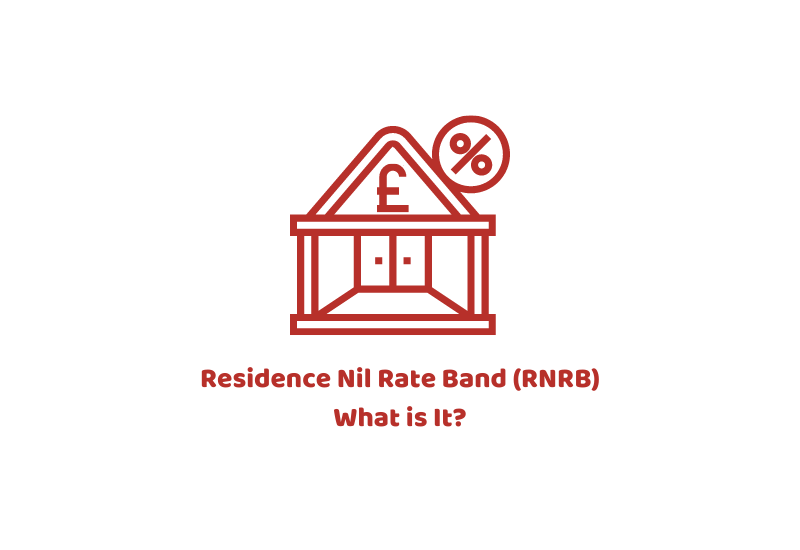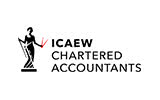A new nil rate band was introduced in April 2017 for inheritance tax purposes in the UK. Known as the Residence Nil Rate Band (RNRB), it could save direct descendants of married couples thousands of dollars in inheritance tax.
In this post, you will know what is RNRB and what type of properties qualify for inheritance tax relief.
About Residence Nil Rate Band (RNRB)
RNRB is an inheritance tax relief for residential property. The tax relief is available for one property per individual. Properties that were not the primary residence of the deceased person do not qualify for the tax relief.
To qualify for RNRB, the following conditions should apply.
- The individual dies on 6th April 2017 or after.
- The residence is inherited by the deceased person’s direct descendants
- The value of the property does not exceed £2 million
- Only one property can qualify for RNRB. In case multiple properties served as a primary residence of the deceased person, a personal representative will nominate the property that qualifies for RNRB
The RNRB can also apply to properties that the deceased person no longer owned at the time of death. The condition is that the person should have owned the property on 8th July 2015 or before and the property is passed to the direct descendent of the person. This means that even if an individual downsizes and sells a property, the family can still avail of tax relief.
How Much Inheritance Tax Relief Under RNRB?
The qualifying property value for RNRB purposes will be calculated as follows.
Open market value — liabilities such as a mortgage
Additional inheritance tax relief on a property based on RNRB after the death of the individual will be as follows.
- 2017 to 2018: £100,000
- 2018 to 2019: £125,000
- 2019 to 2020: £150,000
- 2020 to 2021: £175,000
An increase in the additional tax relief from 2021 to 2022 onwards will be based on the Consumer Price Index (CPI). Also, you should note that tax relief will reduce in case the net value of the property is above £2 million. The reduction will be £1 for every £2 over this threshold.
Another important point you should note is that in case the value of the residence is less than the maximum RNRB available, the unused amount cannot be set against other assets. But the unused amount can be transferred to the spouse or civil partner’s estate when they die and leave the property to direct decedents. This is allowed even when the first couple died before 6 April 2017 despite the fact that the RNRB was not available before that date.
Keep one thing in mind that while calculating the value of estate under RNRB. Agriculture and business property relief are ignored. The nil rate band is also lost if the property is placed into a discretionary will. However, there are exemptions as certain trusts that are created for the benefit of the deceased person’s children and grandchildren can also benefit from the tax allowance. RNRB can still be claimed if the trust gives the deceased’s child or grandchild interest in possession of the home. Trusts that can claim tax relief under the RNRB include Bereaved Minor Trusts, Disabled Persons Trusts, and 18 — 25 Trusts.
Conclusion
Estates that are less than £2 million pound can benefit from the nil rate band. This will result in a significant reduction in the inheritance property tax. However, large estates whose value exceeds the threshold will not gain significant benefits from RNRB.
The nil rate will reduce by a pound for every two pounds in excess of two million. This means there will be no relief during the first year (2017/18) in case the property value is more than £2.2 million. This value will rise to £2.35 million in 2021/22.
To review your arrangements for the transfer of your property after death, you should contact experienced chartered accountants in Wimbledon and London. A certified accountant will revise the plan to gain the most from RNRB for your estate.


























